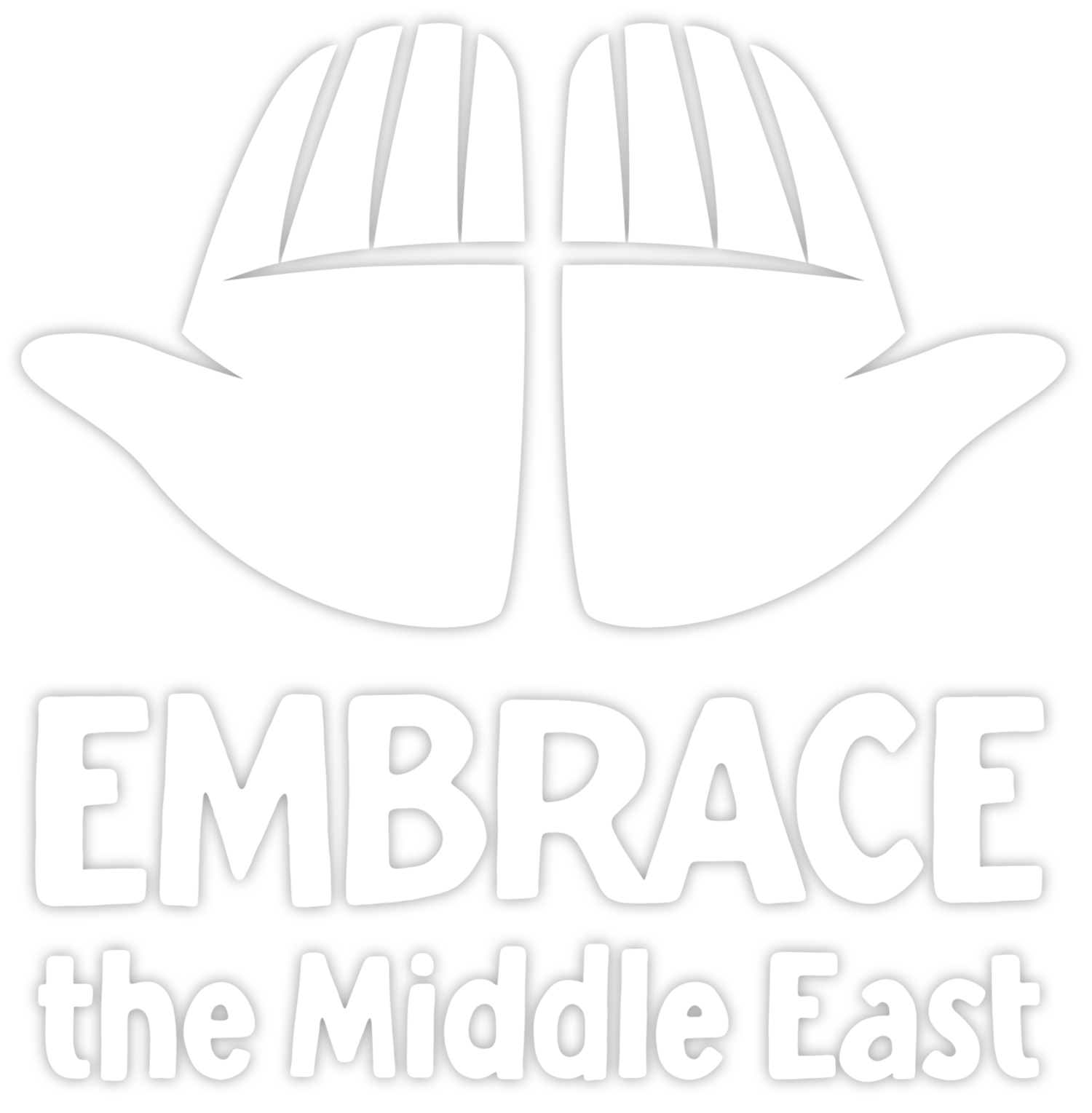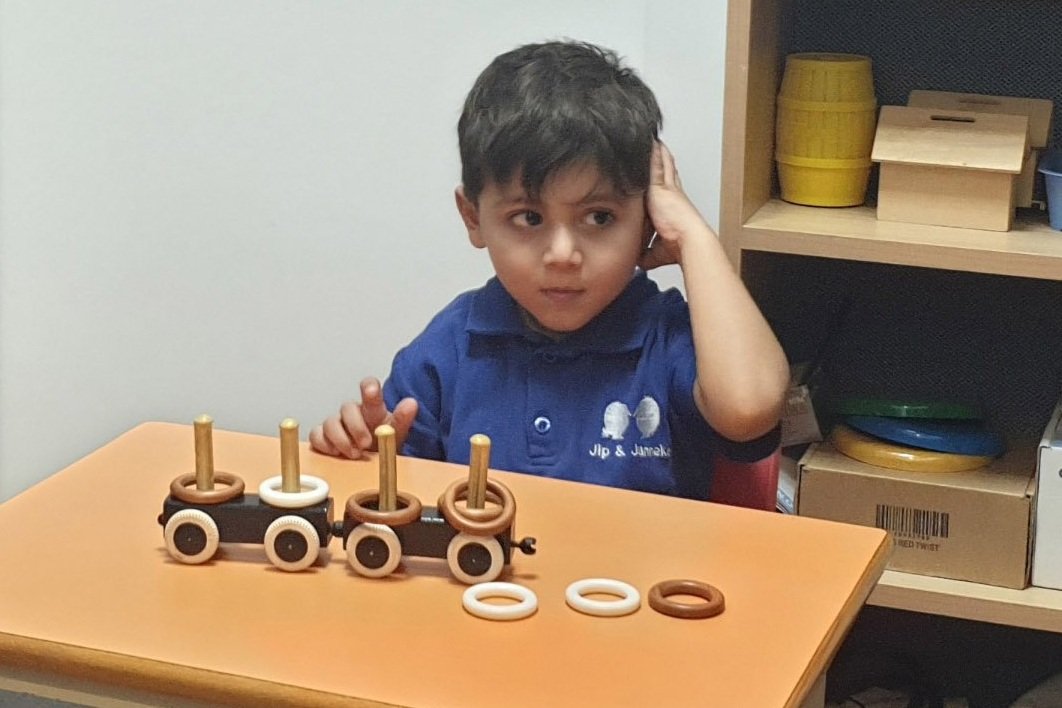A new phase for the Middle East? Updates from Syria and Lebanon
June 2025
Wissam Nasrallah
As Chief Operations Officer at our Lebanese partner Thimar-LSESD, Wissam Nasrallah has been at the forefront of Thimar’s response to the multiple crises that have affected Lebanon in recent years. Helping Thimar’s partner churches to plan and implement practical support for refugees and displaced families is a key part of his work. We spoke to him about what the last year has been like.
How did the church in Lebanon respond to the crisis caused by the recent Israel-Hezbollah war?
In recent years the local church has always mobilised in the face of crises. This wasn't the case 15 or 20 years ago. This time around we’ve had many churches who wanted to respond and help the displaced who sought refuge in their villages. So, it's been very encouraging, despite the hardship of war, to see the church prompted to mobilise and to serve those around them.
The war last autumn saw the displacement of about 1,000,000 Lebanese - including some Syrian refugees, mainly Shiites, and some Christians from southern Lebanon. Once the Israel-Hezbollah ceasefire was signed, many people immediately went back to their villages despite the destruction.
How has Lebanon been affected by the recent developments in Syria?
A few days after the Lebanese ceasefire, the Assad regime fell. In a sense, 13 years of Syrian war ended in 13 days! None of us expected that; it was a complete surprise. We did not see this coming.
Many Syrian refugees in Lebanon went back to check on family members, and on their homes and properties, but most of them came back to Lebanon since they had nothing to go back to. This is why, unless there is a massive economic development plan on an international scale, most Syrian refugees will remain in Lebanon.
The aftermath of the regime change led to several incidents of sectarian violence in Syria, especially amongst Alawites and the Druze. This led to the arrival of Alawite refugees to northern Lebanon in early 2025. The Alawites live north of Lebanon on the Mediterranean coast, in the western part of Syria.
How did the church support these new Syrian refugees?
One of our partner churches that responded is near the Syrian/Lebanon border in northern Lebanon. It is a poor community, that does not have an excess of resources but the church there has been serving on so many fronts. They're doing amazingly with an agricultural project that was begun a few years ago, supported by Embrace. They’ve also responded to and served Shiite families who were internally displaced from the south of Lebanon in the recent conflict.
The local pastor sent me a message asking how we can help them respond, even though the nearest Alawites were 45 minutes away from the church by car.
I was trying to dissuade him since I felt he had enough on his plate - they had just finished a major response to internally displaced Lebanese and they were working on expanding the agricultural project. They were very busy.
But they went nonetheless to a village hosting Alawites not far from the Lebanese/Syrian border and sent us pictures showing the needs. So, we had to help them respond - they were going to do it with or without us! This is just one example of seeing the local church taking action. It's a church on the margins of society, on the margins of economic development in Lebanon, but it mobilised in such a selfless way! I hope it encourages you as much as it encourages me.
VIDEO: How Wissam and the team at Thimar-LSESD helped churches support the newly arrived Syrian refugees.
What’s happening in Syria now?
Syria's still very unstable, still fragmented: the Kurds in the north-east, Alawites to the west, Druze to the south. I don't know how much this is covered on the news in the UK, but there are many incidents of sectarian violence. Israel, which has expanded its occupation of territory in southern Syria, has been militarily equipping Syrian Druze factions, saying it’s to help them defend themselves.
I think the new Syrian government is genuinely trying to rebuild the state and its institutions. But I think they have a very long way ahead of them. The removal of sanctions is a positive thing. It will enable the inflow of capital and investment into Syria.
What’s the future for the region as a whole?
I think the Middle East has entered a new phase, for better or for worse. Over the past 20 years, the region has been shaped by a confrontation between the Iranian bloc and Israel. Iran established a deterrence network across the region, supporting militias in Iraq, the Assad regime in Syria, Hezbollah in Lebanon, Hamas in Gaza and the Houthis in Yemen. Today, that system appears to be unravelling, with massive collateral damage, especially in Gaza and in the West Bank.
So, we are entering a new phase in the Middle East, one that is increasingly shaped by Israeli dominance and where peace is imposed on Israeli terms. This is why I no longer believe a two-state solution to the Israel-Palestine conflict is feasible. The realities on the ground - particularly the expansion of settlements in the West Bank - have made it virtually impossible. The chances of achieving it are now extremely remote. While this is not an encouraging outlook, we cannot afford to sugarcoat reality. It is what it is.
In Lebanon, I believe we hit rock bottom last autumn, but things have started to improve. There is now a renewed sense of hope that we can begin building a functioning state. Hezbollah has been severely weakened, and Lebanon finally has a new government and a president - elected after two years of political stalemate. I think it’s fair to say we’re cautiously optimistic. Cautiously, because we’ve been optimistic before, only to be disappointed. But this time feels different - hopefully, for the good of the country as a whole.
Share this blog with your friends
LEBANON APPEAL
Support the work of Thimar and our other Lebanese partners as they continue to provide help for those in urgent need in Lebanon.


